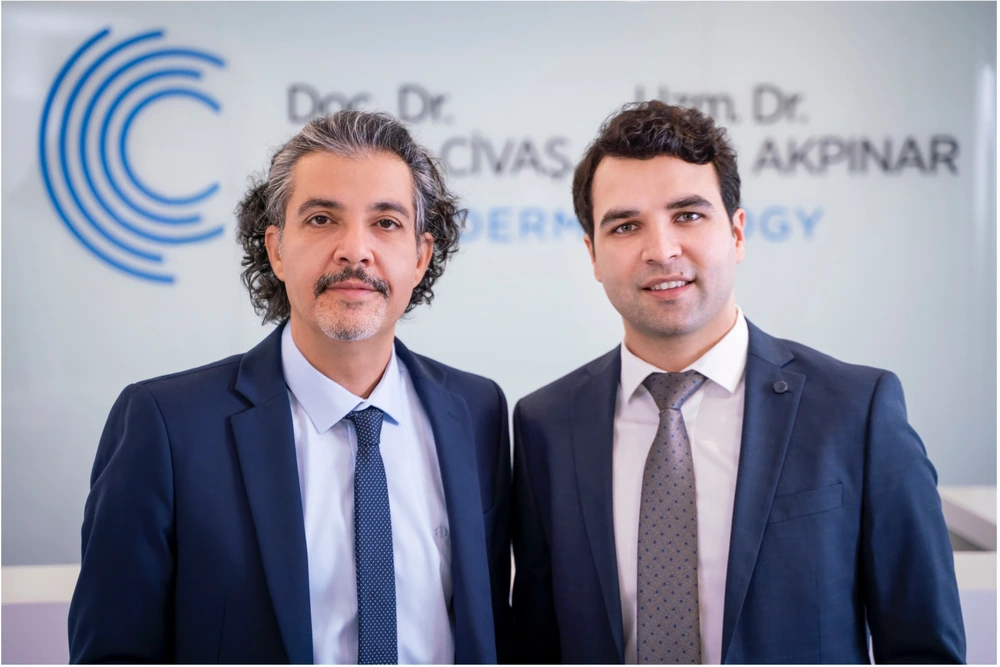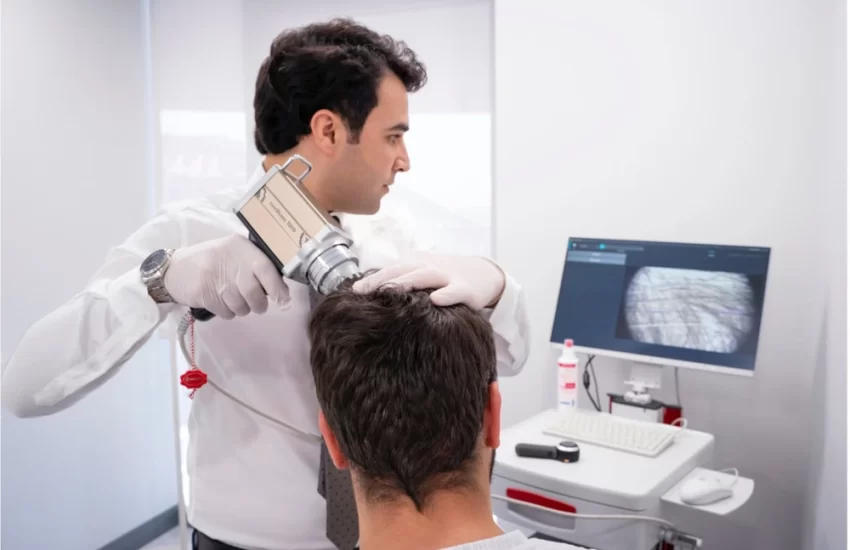Hair transplantation is one of the most frequently performed cosmetic surgeries all over the world. Along with the developing medicine, there are significant advances in hair surgery as in all surgical fields. The aesthetics industry has started to rise faster after the Covid-19 pandemic. The COVID-19 pandemic completely changed how the world works. As ‘work from home’ became the new normal, people started noticing their appearance and looks during their Zoom meetings. Working from home and staring endlessly at their own faces during Zoom meetings, patients take notice of their wrinkles, hairlines, hair loss areas and other details they didn’t like about their appearance. Another advantage of “working from home” also made it easier to take longer recovery times from procedures often without needing to take any time off from working.
After the pandemic, people are really looking to invest their money in stuff that really works. Aesthetics is definitely where the market is right now. A lot of the plastic surgeons and dermatologists attribute this sudden rise to something called the ‘Zoom boom.
Furthermore, as social media has crept into our world, the need for looking our absolute best in pictures and videos has increased as well. Social media also introduces major aesthetic medicine trends through celebrities, which influences the younger generation to make changes onto their own appearances.
Aesthetics and wellness go hand in hand and that’s coming through more and more with the effect of all this. The personalization of treatments is much more of an emerging trend in the industry now a days.
Hair transplantation is a cosmetic procedure that is mostly preferred by men with a very high level of satisfaction. Turkey is one of the world’s leading centers for hair transplantation and it also contributes to the development of hair transplantation.
Dr Civas and Dr Umit from Civas Hair Transplant Clinic, one of the ,best hair transplant centers in Turkey summarize the latest trends in hair transplantation as follows: Attractive, safe, sustainable

- Hairline design: Is it enough to have hair on its own? Just being hairy without an attractive and natural hairline may not be impressive enough. A hairline design to complement the look has become more important. While designing the hairline, the patient’s facial features, head structure, ethnic origin, age and expectations are taken into consideration. Combining these with the surgeon’s experience, an attractive and natural hairline is obtained. It should be noted that a poorly designed and unnatural hairline will make people unhappy.
- Parallel vs Sagittal: Opening the channels is one of the most critical steps in hair transplantation. The direction and angles of new hairs are determined according to the channels. In the combined approach, it is possible to achieve an intense hair gain by creating less tissue trauma with channels opened in both parallel and sagittal directions. Opening the channels at an inappropriate frequency and depth may cause complications such as necrosis. Therefore, it is extremely important that it is performed by experienced surgeons.
- Donor dominance: The grafts transplanted in hair transplantation are collected from the safe donor area. Since the hair follicles in this area are genetically coded not to fall out, they maintain their characteristics in the transplanted area and become permanent.
Therefore, it is extremely important to define the safe zone clearly. Grafts collected from outside the safe zone are lost in the future. This situation should be avoided as much as possible. Since the knowledge in hair transplantation is constantly increasing, the boundaries of the safe zone are also clearly known. In addition, the use of a dermoscope provides a great advantage in determining the safe zone.
- Protection of existing hair: Another important issue in hair transplantation is the protection of existing hair. In cases where the existing hair is not protected, these hairs are lost and a decrease in hair density occurs in the following periods. This is something we do not prefer. In our age, genetic tests can be helpful in this situation as well as in every field of medicine. With genetic tests and personalized medical recommendations, we can maintain the well-being for a long time by preserving the existing hair.
With the advancing medicine in the developing world, innovations in hair transplantation will continue.
